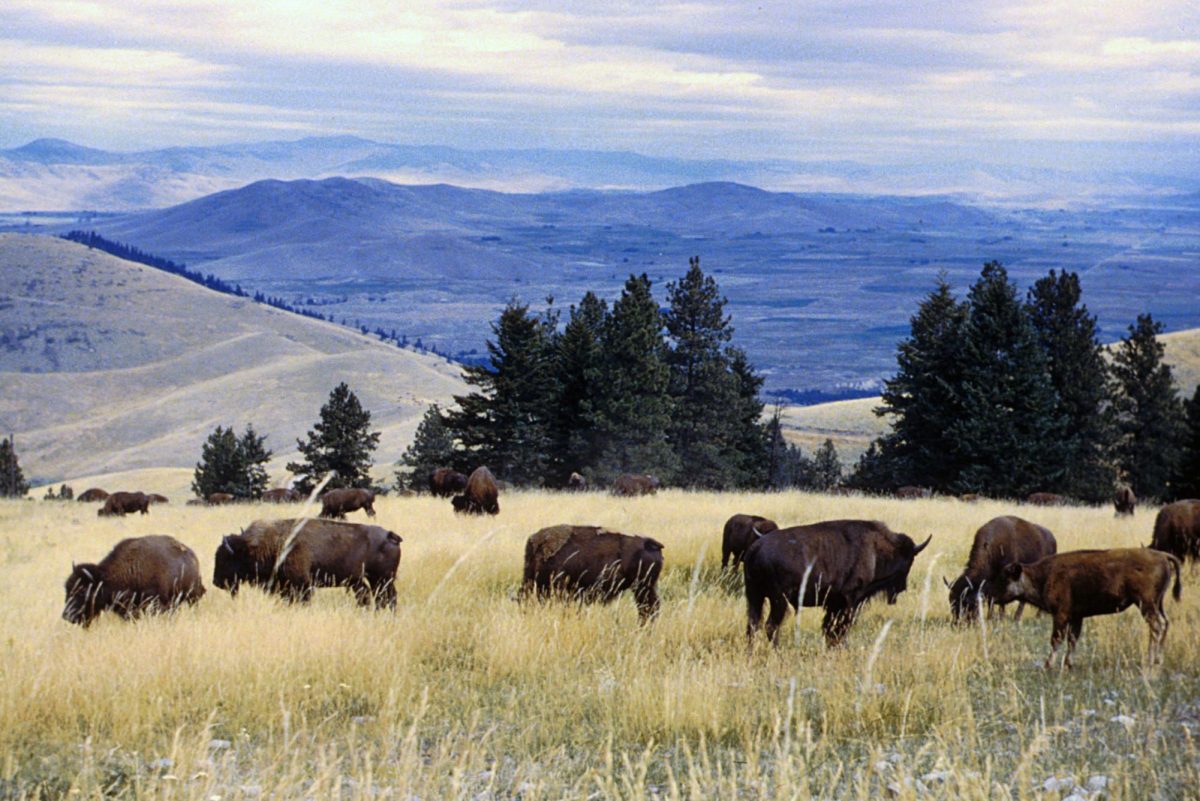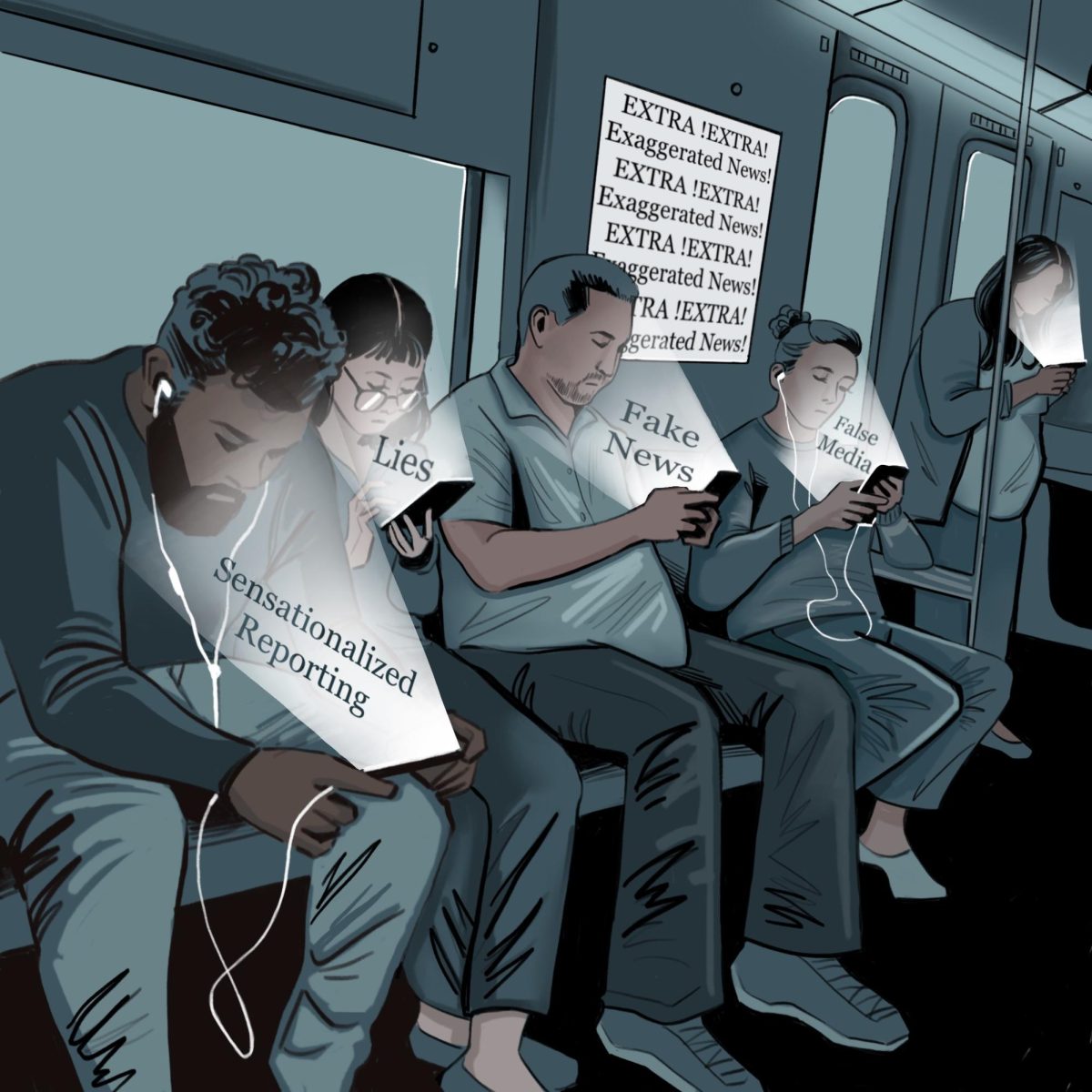For more than 10,000 years, the American bison, commonly referred to as the American buffalo, served as the primary source of livelihood for Native American people all across the United States. Everything from food, shelter and blankets, the American bison was a key part of their survival as a whole. Not only is the bison key to the history and survival of our native people but is also a huge aspect of their culture and traditions as well as their spiritual lives.
Before European arrival in North America, it is estimated that 30-60 million buffalo thrived on the Plains; however, by 1900, populations numbered only in the hundreds. This decline and purposeful hunting of these beautiful animals was detrimental to the Native American population. Before the 19th century, the buffalo population reached into the tens of millions, with the entire grassland ecosystem thriving with biodiversity; additionally, the Native American people thrived and built their entire lives and livelihood on this biodiversity. When settlers and fur traders arrived in the West, they began to rely and mass hunt these large populations of buffaloes, which in turn began their gradual decline.
As conflict with settlers rose in the West, the U.S. Army began a campaign to force Native American tribes on the lands allotted to them. The country’s highest generals, politicians and President Ulysses S. Grant oversaw the taking away their main food source as the best way to accomplish their removal from the landscape. Hundreds of thousands of bison were killed by U.S. troops and market hunters. In 1874, Congress passed H.R. 921 to prevent the useless slaughter of buffaloes within the territories of the United States, but President Grant did not sign it, resulting in a pocket veto.
Not only did the U.S. government have a detrimental impact on the buffalo population, but the continental railroad also had a massive impact on them. Since the continental railroad was the first convenient way to travel to the West, it put these animals in more danger than ever. People who were working on the rails and riding the first rails would often kill any buffalo they saw just simply out of sport, often showing no sympathy for the animal let alone for the tribes. These animals were not only killed, they were also separated from their herds due to construction, forced to travel further and further north until they were driven beyond the point of no return. Although bison have come back up in numbers, the population and genetic diversity is nowhere near where it should be. They are currently on the near threatened list and are only legal to hunt on very select ranches with extremely exclusive permits in a few states.
We should first look at where this conservation started, in the late 1800s, where people would try to hide and care for these buffalo in hopes to save what was left of the population. Along with this, in 1905, they created the American Bison Society, where President Theodore Roosevelt was named honorary president of this club. This helped boost the awareness of this issue in hopes of saving this species. In 1913, the U.S. government established a national bison range in Montana to provide a protected habitat for the buffalo. They then continued in 1930 to breed and protect bison through national parks like Yellowstone and other reserves, which began to show positive results and growth in the population. Throughout the 1960s and 1970s, there became an increased awareness and conservation efforts throughout the United States that helped to boost the buffalo’s population further, showing a bright future ahead for these remarkable creatures. In the 1990s, there was an even bigger push to reestablish/reintroduce American buffalo back into the hands of Native American people. Although these efforts were great, there is still more that needs to be done.
However, by continuing to raise awareness, establishing reserves, breeding programs and using advocacy and legislation, the American buffalo has and will continue to successfully beat extinction. This turnaround of the American buffalo is not only huge for the species but is also huge for the Native American population in the United States, restoring hope for a brighter future for these people. The reintroduction of buffalo holds a deep cultural and spiritual significance to many Native American tribes, for buffalo to them is not just an animal, but a symbol of their heritage, traditions and way of life that they lost during this absolutely tragic time period.
Bringing back the bison to their lands helps restore a vital part of their culture that they have lost and provides opportunities for economic development as well as heal and mend historical wounds by reconnecting them with a key element of their ancestral lands. We must continue to advocate for change in support our Native American population, ensuring that their traditions, culture and way of life continues to thrive for future generations. These buffalo are a symbol of not only the strength and resilience of these people, but their faith in a brighter tomorrow.




